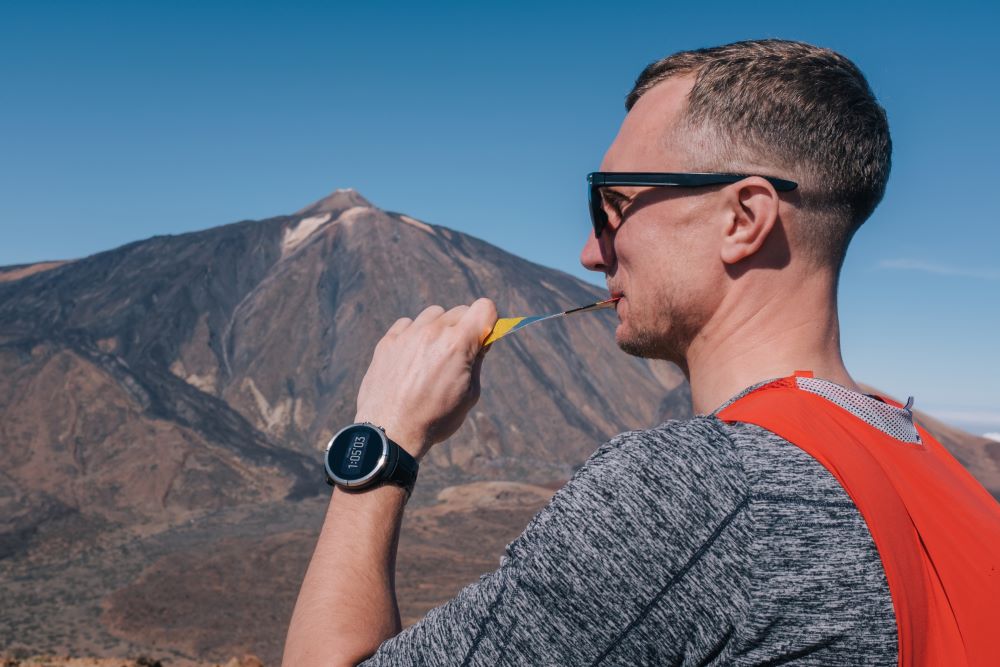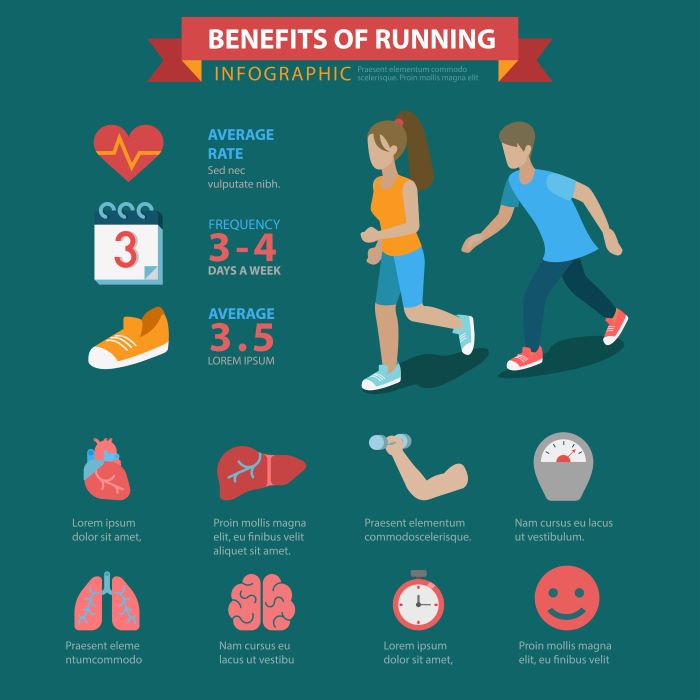Running is not just a simple act of putting one foot in front of the other; it is a complex movement that engages multiple muscle groups throughout the body. Understanding these muscle groups is essential to maximizing your running performance and enhancing your overall fitness.
When you run, you primarily engage the following muscle groups:
- Quadriceps: Located at the front of your thighs, these muscles are crucial for extending your knees, helping propel you forward with each stride.
- Hamstrings: Found at the back of your thighs, they play a significant role in bending your knees and stabilizing your movements during running.
- Calves: The calf muscles, including the gastrocnemius and soleus, are vital for pushing off the ground and maintaining speed.
- Glutes: Your gluteal muscles are key players in stabilizing your hips and providing power as you run.
- Core: A strong core helps maintain good posture and balance, which is essential for efficient running.
Each of these muscle groups must work in harmony to ensure a smooth and effective running motion. By focusing on strengthening these areas through targeted workouts, you can significantly improve your running efficiency and reduce the risk of injury. Visit our website to learn more and get started today! Click here.
The Primary Muscles Targeted by Running Workouts

When it comes to running workouts, several key muscle groups are primarily targeted, each playing a vital role in your overall performance and endurance. Understanding these muscles can help you tailor your workouts for maximum effectiveness.
1. Quadriceps: These muscles are responsible for straightening your legs, providing the power needed for each stride. Strong quadriceps can enhance your speed and efficiency while running.
2. Hamstrings: As antagonists to the quadriceps, the hamstrings are crucial for knee flexion and help in maintaining balance and stability during your run. Strengthening these muscles can prevent injuries and improve overall mechanics.
3. Glutes: The gluteal muscles are significant for hip extension and stabilization. They help you push off the ground powerfully and maintain proper posture, which is particularly important during longer runs.
4. Calves: The calf muscles assist in the final push-off phase of your stride. Strong calves can improve your running efficiency and help you tackle hills with more ease.
5. Core: While running may seem like a lower-body exercise, the core is essential for maintaining stability and balance. A strong core supports your upper body and helps you maintain proper form as you run.
By focusing on these primary muscle groups, you can enhance your running performance and enjoy a more fulfilling running experience.
Additional Benefits of Running for Muscle Development
Running is not just about building muscle; it also offers a plethora of additional benefits that contribute to overall muscle development and fitness. Incorporating running into your workout routine can enhance not just specific muscle groups but your entire body.
One of the most notable benefits is increased muscle endurance. Regular running sessions condition your muscles to work harder for longer periods, allowing you to perform better in various physical activities. This endurance translates not only to enhanced running performance but also improves your ability to engage in other workouts.
Moreover, running promotes muscle toning and definition. As you run, your body burns calories and fat, which helps sculpt your muscles, making them more visible. This is particularly beneficial for those looking to achieve a leaner physique.
Another advantage is the improvement of cardiovascular health. Running increases your heart rate and strengthens your cardiovascular system, which is crucial for efficient oxygen delivery to your muscles. With better cardiovascular health, your muscles receive more oxygen, allowing them to perform optimally during workouts.
Additionally, running can foster mental resilience. The discipline and focus required for running can translate into greater mental fortitude in other areas of life, including workouts. This mental strength can motivate you to push through challenging muscle-building exercises.
All these benefits make running an excellent addition to any fitness regimen, enhancing muscle development and overall health.
How to Maximize Muscle Engagement During Runs
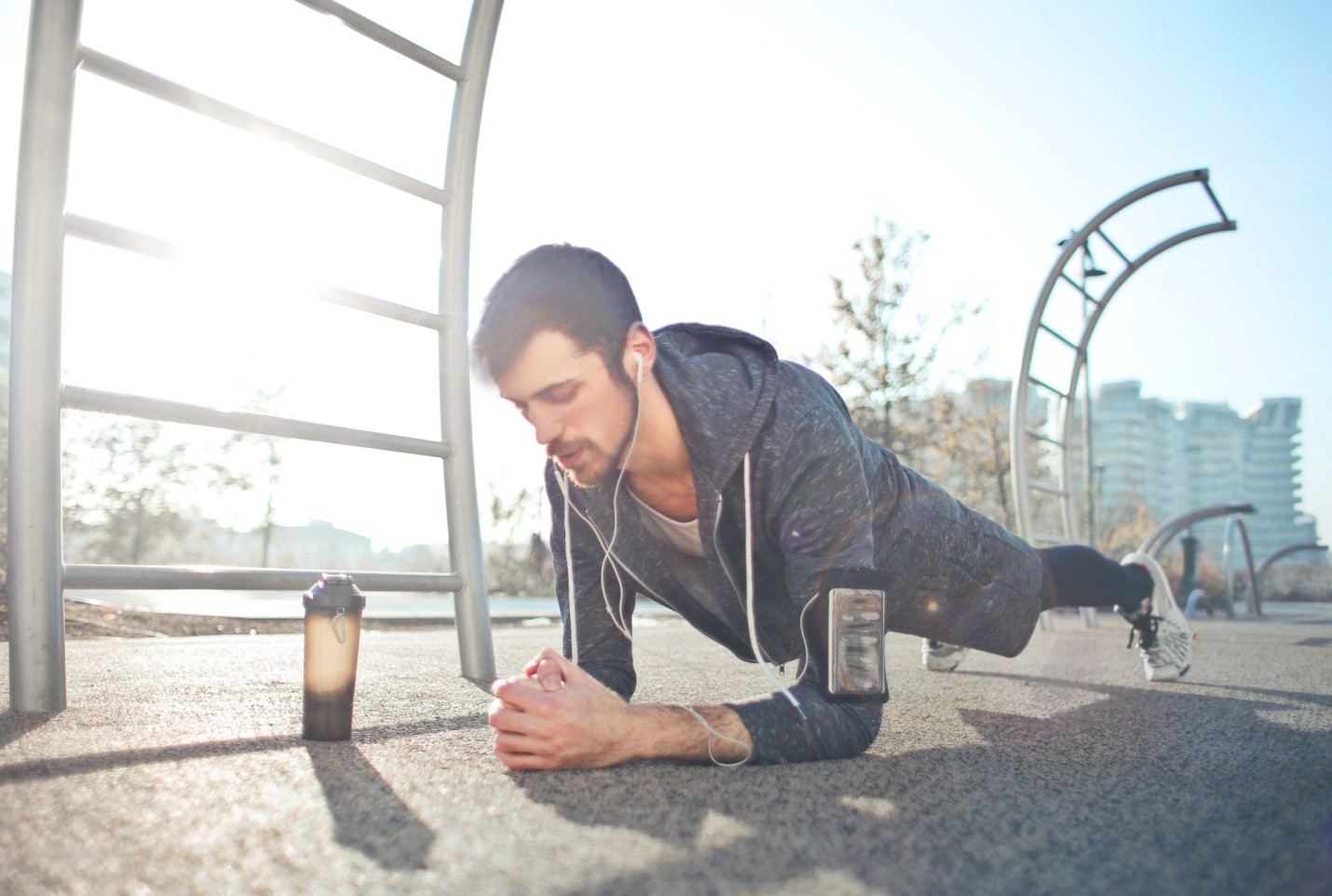
To truly harness the muscle-building potential of running, it’s essential to focus on maximizing muscle engagement during your workouts. Here are some effective strategies to enhance your running experience and optimize muscle activation:
1. Focus on Your Form: Proper running form is crucial for engaging the right muscles. Ensure that your posture is upright, shoulders relaxed, and arms are at a 90-degree angle. Maintain a slight lean forward from your ankles to reduce strain and enhance muscle efficiency.
2. Incorporate Interval Training: Mixing high-intensity sprints with slower recovery runs can significantly boost muscle engagement. This method not only builds strength but also improves stamina. For example, sprint for 30 seconds, followed by a minute of jogging, and repeat.
3. Vary Your Terrain: Running on different surfaces, such as trails, hills, or sand, can challenge your muscles in new ways. Hill sprints, in particular, are excellent for targeting the glutes, hamstrings, and calves, providing a more comprehensive workout.
4. Engage Your Core: A strong core supports your running form and helps transfer energy efficiently throughout your body. Incorporate core-strengthening exercises like planks and bridges into your routine to enhance stability and muscle engagement while running.
5. Use Proper Footwear: Wearing the right shoes can make a significant difference in muscle activation. Choose shoes that provide adequate support and cushioning tailored to your foot type and running style.
By implementing these techniques, you can maximize muscle engagement and take your running workouts to the next level, ensuring that every step contributes to your fitness journey.
Incorporating Strength Training to Complement Running
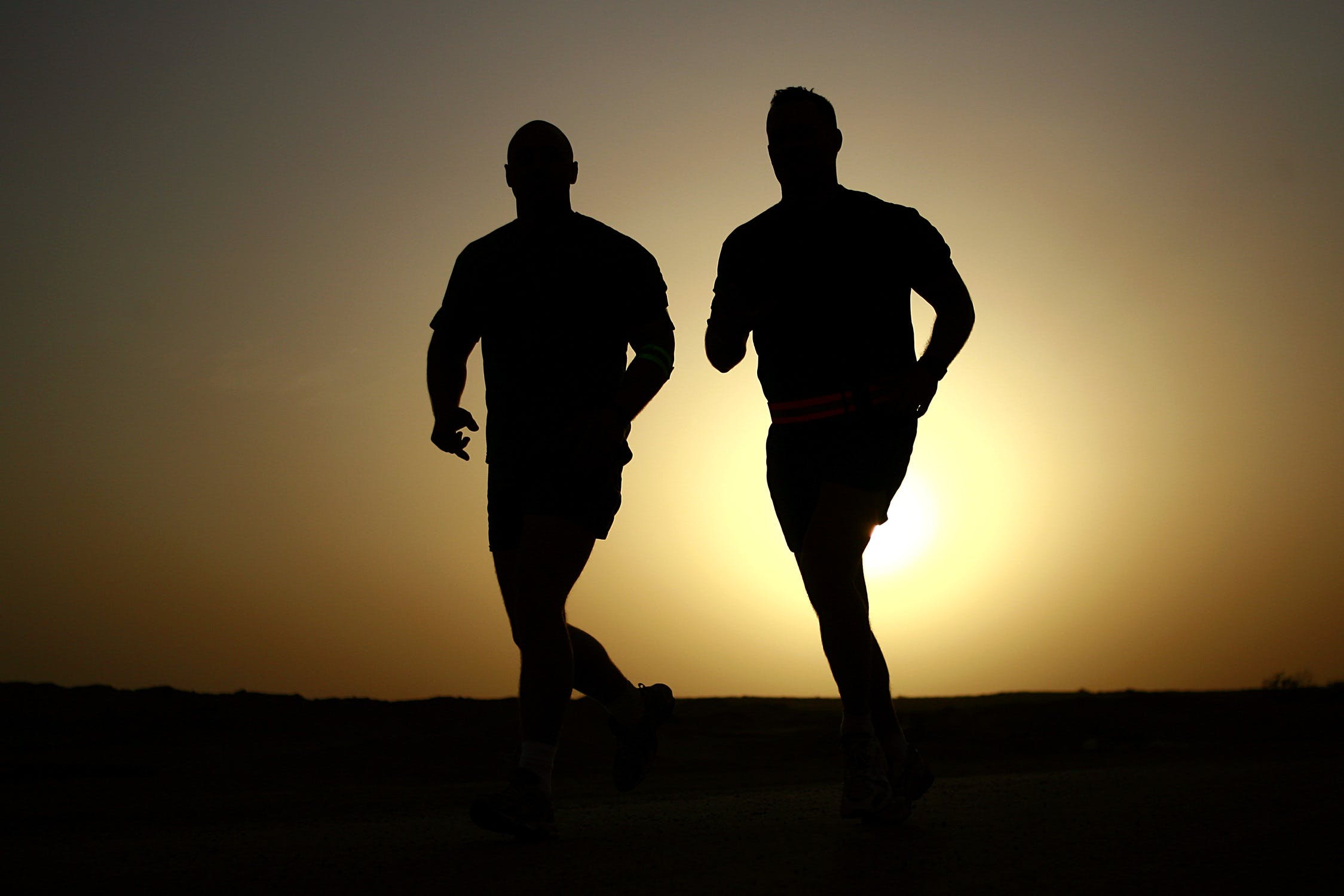
While running is an excellent cardio workout that builds endurance, incorporating strength training into your routine can significantly enhance your overall performance and reduce the risk of injury. Here’s how to effectively integrate strength training to complement your running:
1. Target Key Muscle Groups: Focusing on lower body muscles such as the quadriceps, hamstrings, glutes, and calves is essential for runners. Incorporate exercises like squats, lunges, and deadlifts into your routine to build strength and power.
2. Don’t Neglect the Upper Body: A strong upper body contributes to better running form and efficiency. Incorporate push-ups, pull-ups, and shoulder presses to develop upper body strength, which aids in arm movement and balance during your runs.
3. Core Strength Matters: A strong core stabilizes your body and improves your running posture. Include planks, Russian twists, and bicycle crunches in your training to enhance core strength, which supports your overall running mechanics.
4. Schedule Your Workouts Wisely: Plan your strength training sessions to avoid fatigue before your runs. Consider strength workouts on non-running days or after your running sessions to ensure that you maintain your energy levels.
5. Use Bodyweight and Resistance Training: You don’t need a gym to build strength. Bodyweight exercises such as squats, lunges, and push-ups can be done anywhere. Incorporating resistance bands or dumbbells can also add variety and intensity to your strength training.
By integrating these strength training techniques into your running routine, you’ll enhance muscle balance, improve your performance, and enjoy a more well-rounded fitness regimen.
Join Our Running Community for Support and Motivation
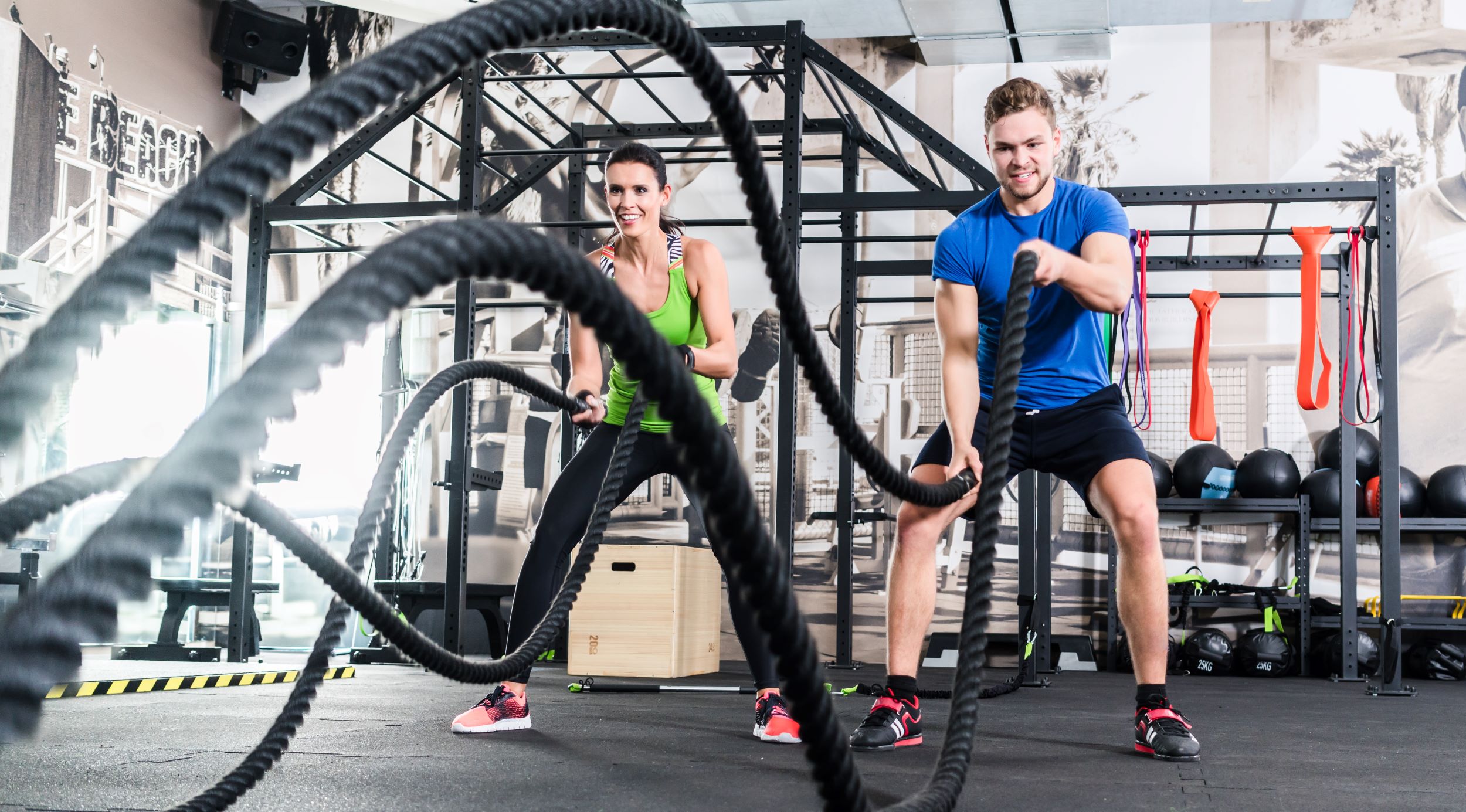
Running can sometimes feel like a solitary endeavor, but it doesn’t have to be! Joining a supportive running community can be a game-changer, offering you the motivation, encouragement, and camaraderie that can elevate your running experience. Here’s why connecting with fellow runners is beneficial:
1. Shared Goals: Being part of a community allows you to set and achieve common goals with others. Whether you’re training for a 5K or aiming for a marathon, having a group to share your journey with makes the process more enjoyable.
2. Encouragement and Accountability: It’s easy to skip a workout or lose motivation when you’re running alone. A running community helps keep you accountable. When you share your goals, your peers can provide the encouragement you need to stay committed.
3. Knowledge Sharing: Runners often have valuable tips and experiences to share. From training plans to nutrition advice, being part of a community allows you to learn from others, helping you improve your own running routine.
4. Social Connections: Running clubs often organize group runs, events, and social gatherings. This not only enhances your running experience but also helps you forge new friendships with like-minded individuals.
5. Participate in Events: Many running communities organize races and fun runs, giving you opportunities to participate in events that can challenge you and celebrate your achievements.
Embrace the joy of running and discover trailblazing adventures by becoming a part of our vibrant community. Visit our website to learn more and get started today! Click here.

